The Integumentary System Chapter 5
The integumentary system chapter 5. The Integumentary System E volving size shape or color. Chapter 5 The Integumentary System Related topics Dermatology acne tanning aging balding tattooing skin cancer massage appearance smell etc. About Press Copyright Contact us Creators Advertise Developers Terms Privacy Policy Safety How YouTube works Test new features Press Copyright Contact us Creators.
Chapter 6 - Bone Tissue and the Skeletal System. The Integumentary System questionThe apocrine sweat glands are fairly unimportant in thermoregulation. -excretion of salt and water by integumentary glands.
Epidermal cells include keratinocytes melanocytes Langerhans cells and Tactile cells. Chapter 7 - Axial Skeleton. Our digital library spans in multiple countries allowing you to get the most less latency time to download any of our books like this one.
Navigate to the Integumentary System area in the following PAL 30 modules. The principal parts of the skin are the superficial epidermis and deeper dermis. Start studying The Integumentary System Chapter 5.
O Melanocytes - a mature melanin-forming cell especially in the skin. A decrease in the numbers of functional melanocytes results in gray hair and atypical skin pigmentation. The integumentary system changes with age.
An Introduction to the Integumentary System Learning Outcomes 5-5 Describe the structure and functions of the dermis. Chapter 5 - The Integumentary System. The Nervous System and Nervous Tissue.
Subcutaneous fat is lost and there is a general decrease in skin thickness. The organs of the integumentary system.
Practice terms with the Crossword Puzzle.
Our digital library spans in multiple countries allowing you to get the most less latency time to download any of our books like this one. The Muscular System. The integumentary system helps regulate body temperature through its tight association with the sympathetic nervous system the division of the nervous system involved in our fight-or-flight responses. Including hair nails and glands as well as. Includes skin and its appendages including hair and nails epidermis. Define the following terms. Chapter 6 - Bone Tissue and the Skeletal System. The principal parts of the skin are the superficial epidermis and deeper dermis. A decrease in the numbers of functional melanocytes results in gray hair and atypical skin pigmentation.
Composed of 4 or 5 layers depending on the region of skin being considered. -Consists of a single row of stem cells that actively divide mitotic producing two daughter cells each time. Start studying The Integumentary System Chapter 5. Chapter 5The Integumentary SystemWhy This Matters Understanding the integumentary system will help you evaluate and treatinjuries to the skin such as burnsIntegumentary System Integumentary system consists of Skin Hair Nails Sweat glands Sebaceous oil glands51 Structure of skin Skin consists of two distinct regions. Provides the body with a CHEMICAL BARRIER via secretions that lower pH. Includes skin and its appendages including hair and nails epidermis. Dehydration and cracking occurs.











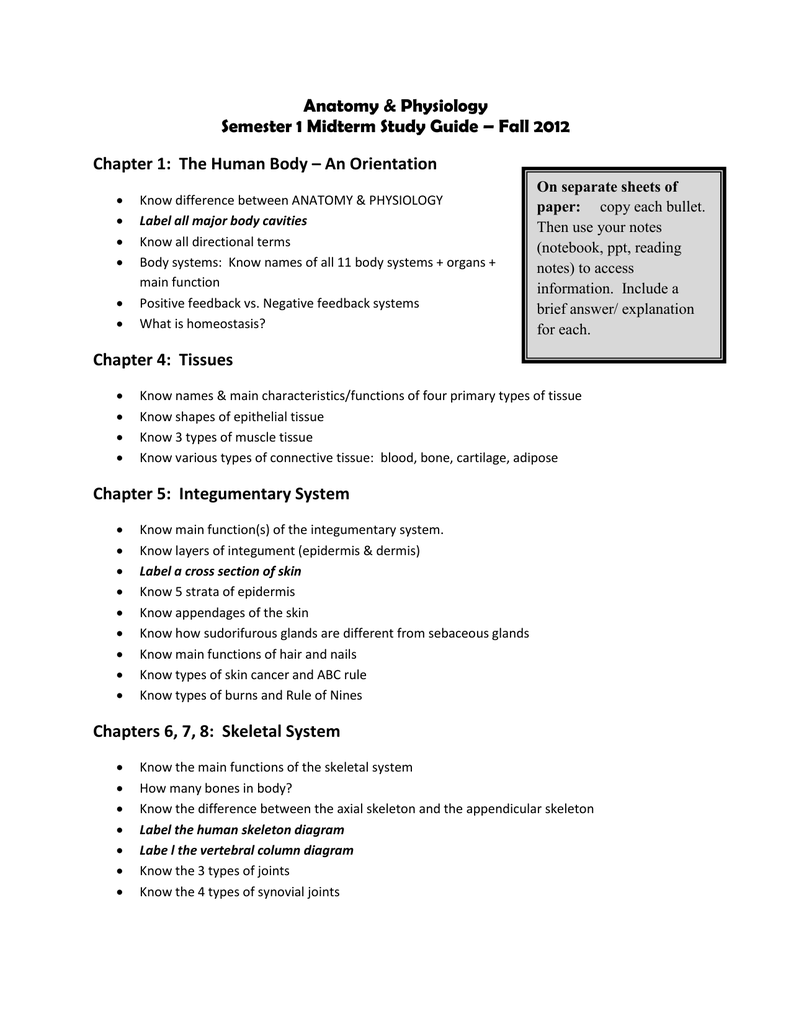

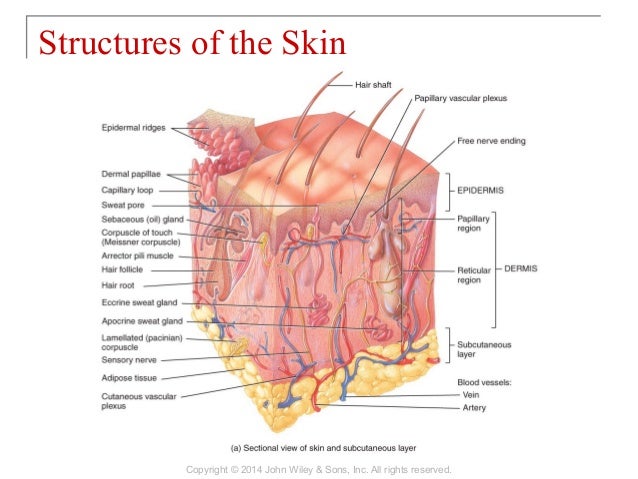
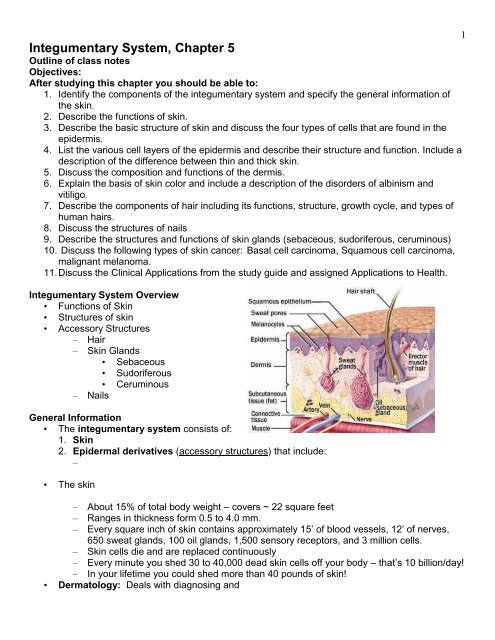

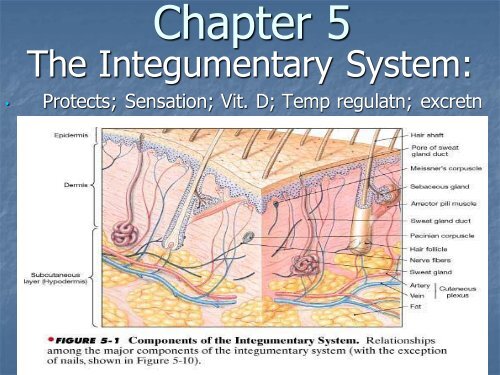




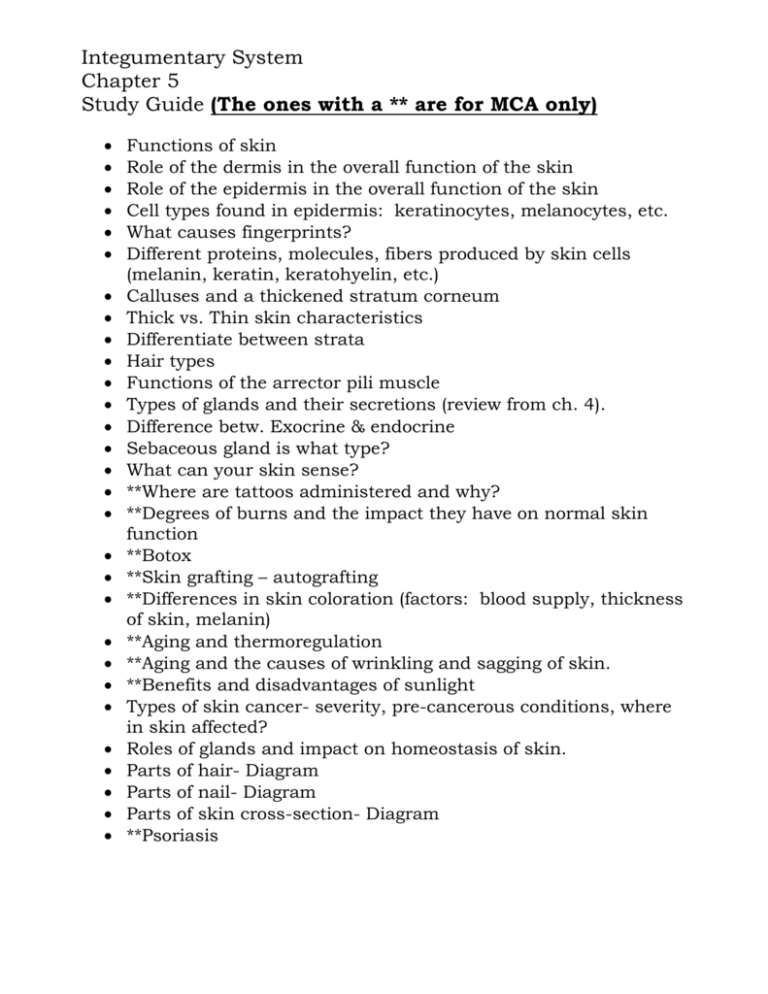




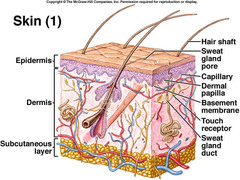





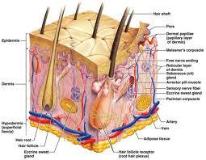








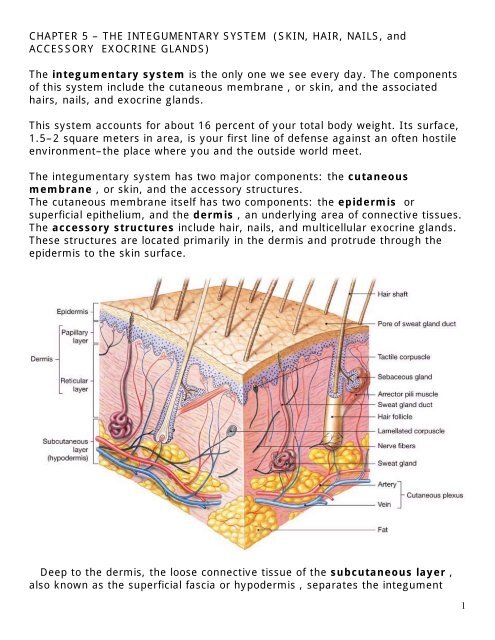

Post a Comment for "The Integumentary System Chapter 5"